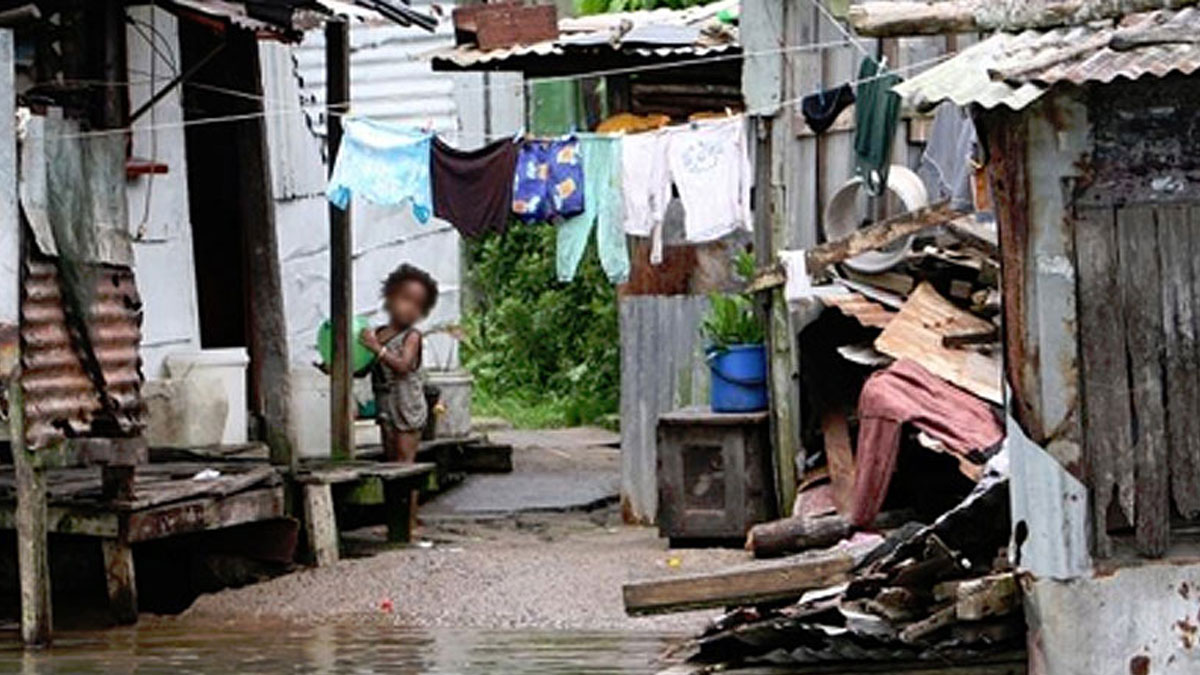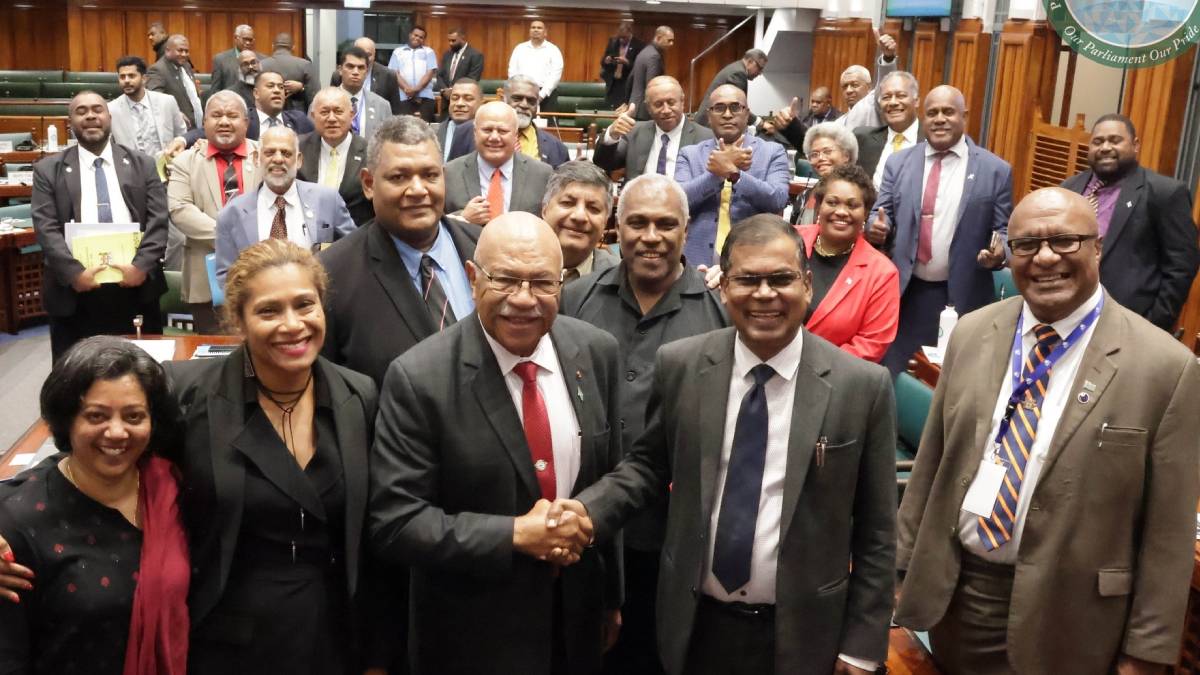
Fiji’s official poverty headcount rate based on the 2019-20 Household Income Expenditure Survey was estimated at 24.1 percent, which means that around 208,021 people were living in poverty during this survey period.
The revised survey report without the ethnic data states a single national poverty line was set at $2,179.54 per adult equivalent (AE) per year, or $41.91 per AE per week.
The survey was done between February 2019 and February 2020 – before the onset of the COVID-19 pandemic.
According to the report, this means that a person in Fiji is considered poor if his or her per adult equivalent annual consumption expenditure is less than $2,179.54 per year or less than $41.91 per week.
It says people living below this national poverty line cannot afford to buy the essential food and non-food items for their living.
The revised report says rural areas and the Eastern Division recorded relatively high poverty rates of more than 30 percent.
With regards to the distribution of the poor population, majority of the poor were again living in the rural areas (67.9%) over urban areas (32.1%).
Western and Central division recorded the highest poverty concentration with 41.6% and 32.6%, respectively.
Most of Fiji’s poor are in the age group 30 years and below.
The Bureau says poverty rates are higher for the younger segments of the population than the older groups.
It says this means that the young population are over-represented in the poor population compared to the overall population (people under 30 make up 54 percent of the population but 60 percent of the poor), and that most of Fiji’s poor are young.
The poverty rate is highest among children aged 0 to 10 years (35%), and children aged 0 to 10 years make up a quarter of the poor population.
If the current Basic Needs Poverty Line per AE per week of $41.91 is increased by $8.38 (20 percent), it is estimated that an additional 15 percent of the population or 126,482 people are living closer to the poverty line and are more vulnerable of falling into poverty in the future.
The survey also says if the current Basic Needs Poverty Line per AE per week of $41.91 is increased by $20.96 (50 percent), an additional 34 percent of the population or 289,831 people are living closer to the poverty line and are more vulnerable of falling into poverty in the future.
Bureau Chief Executive, Maria Musudroka says poverty estimates and analysis of the 2019-20 Household Income and Expenditure Survey was originally published in a report in August 2021.
She says the household per adult equivalent consumption, the welfare measure used to calculate poverty in Fiji, has since been revised, and the present version of the report contains the updated consumption and poverty estimates.
Stay tuned for the latest news on our radio stations

